Now back to the present moment. The last year has been pretty terrible for all theatre artists, including designers. We are still in the midst of a global pandemic that is rapidly worsening. We are on the heels of a failed coup of white supremacists that practically waltzed into the United States Capitol. Everyone is holding some form of fear, grief, rage, or trauma, which is manifesting in so many different ways in our bodies, minds, hearts, and souls. People’s physical and fiscal well-beings are constantly threatened. The rate of unemployment for theatre designers is dangerously high. This moment in time has forced many people to leave the industry, temporarily or for good.
We have before us an opportunity for drastic and sustainable change. The pandemic and calls for racial justice have ignited fieldwide revolution and hopefully serious reformation. Theatremakers are being presented with a chance to reimagine the way our art form is made, both within and without the systems that are supposed to support the people and the work.
As designers ourselves, we believe designers are an essential part of the solution, co-creating a strategy for an equitable theatre ecosystem. This series aims to shine a light on the work being done and share what is achievable—in terms of fostering a truly reciprocal, supportive, collaborative industry—if designers are invited to contribute to the ongoing conversation about not only how we’ll return, but how we can proactively create a space where we can thrive.
We celebrate designers in their full humanity as artists, creative problem-solvers, changemakers, and leaders.
How do we actually do this? It’s important to first look to the people in the design community who have been doing this work and the initiatives that already exist. We should provide both moral and financial support to these designers, examine what resources are already available, reframe and redefine value and excellence, intentionally set goals for change and revolution, and then take those intentions and activate them for a sustaining and evolving future.
The work towards equity in the theatre field is what brought us, the series curators, together as collaborators—Porsche’s a lighting designer, a researcher, and a facilitator for social justice conversations, and Kate’s a multimedia designer, filmmaker, organizer, and educator. In different ways and places, we’ve both analyzed the positional power and social locations of designers within the United States theatrical field. We celebrate designers in their full humanity as artists, creative problem-solvers, changemakers, and leaders.
Over the course of this week, we have invited written contributions from six designers—Dominique Fawn Hill, Lux Haac, Deb Sivigny, Masha Tsimring, Michael Maag, and Annie Wiegand—to engage in discussions of the impact of structural oppression on our communities, the social position of designers in the larger theatre industrial complex, the interconnectedness of artistry and advocacy, and strategies for co-creating a roadmap into the future. The series concludes with a TV event, structured as a departmental check in, with representatives from costume, lighting, wig and hair, video, props, sound, and set design: Asa Benally, Stacey Derosier, Cherelle Guyton, Caite Hevner, Kris Julio, Lawrence Moten, and Sadah Espii Proctor.

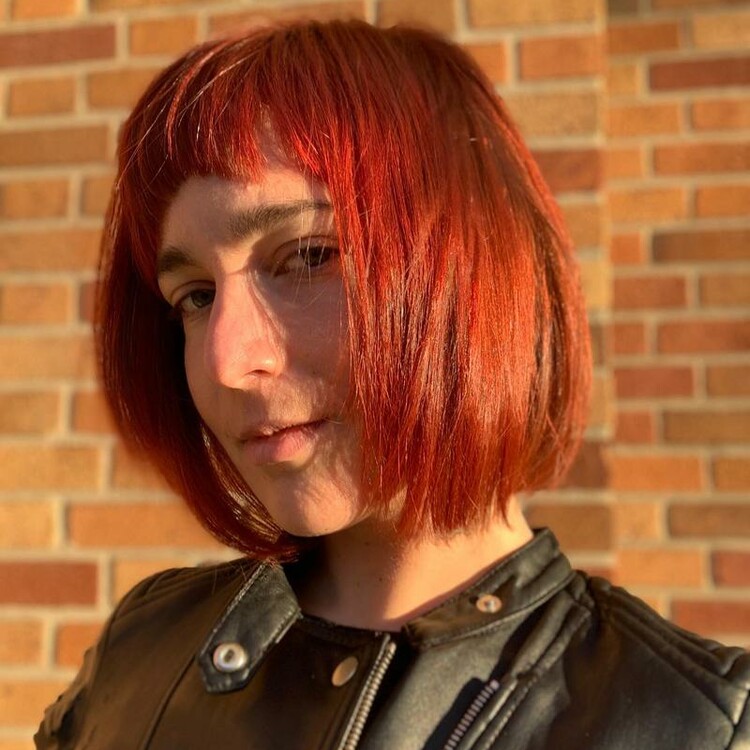

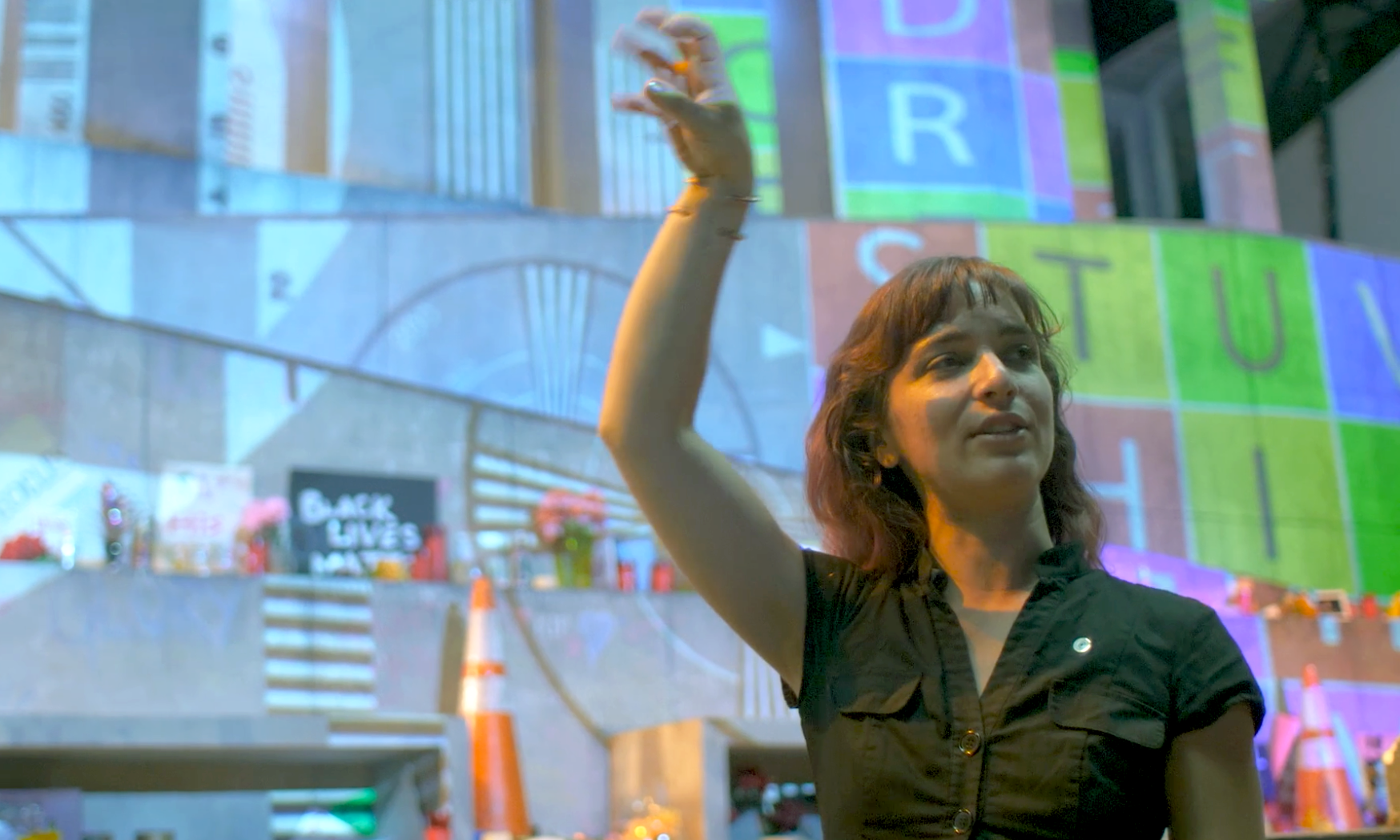
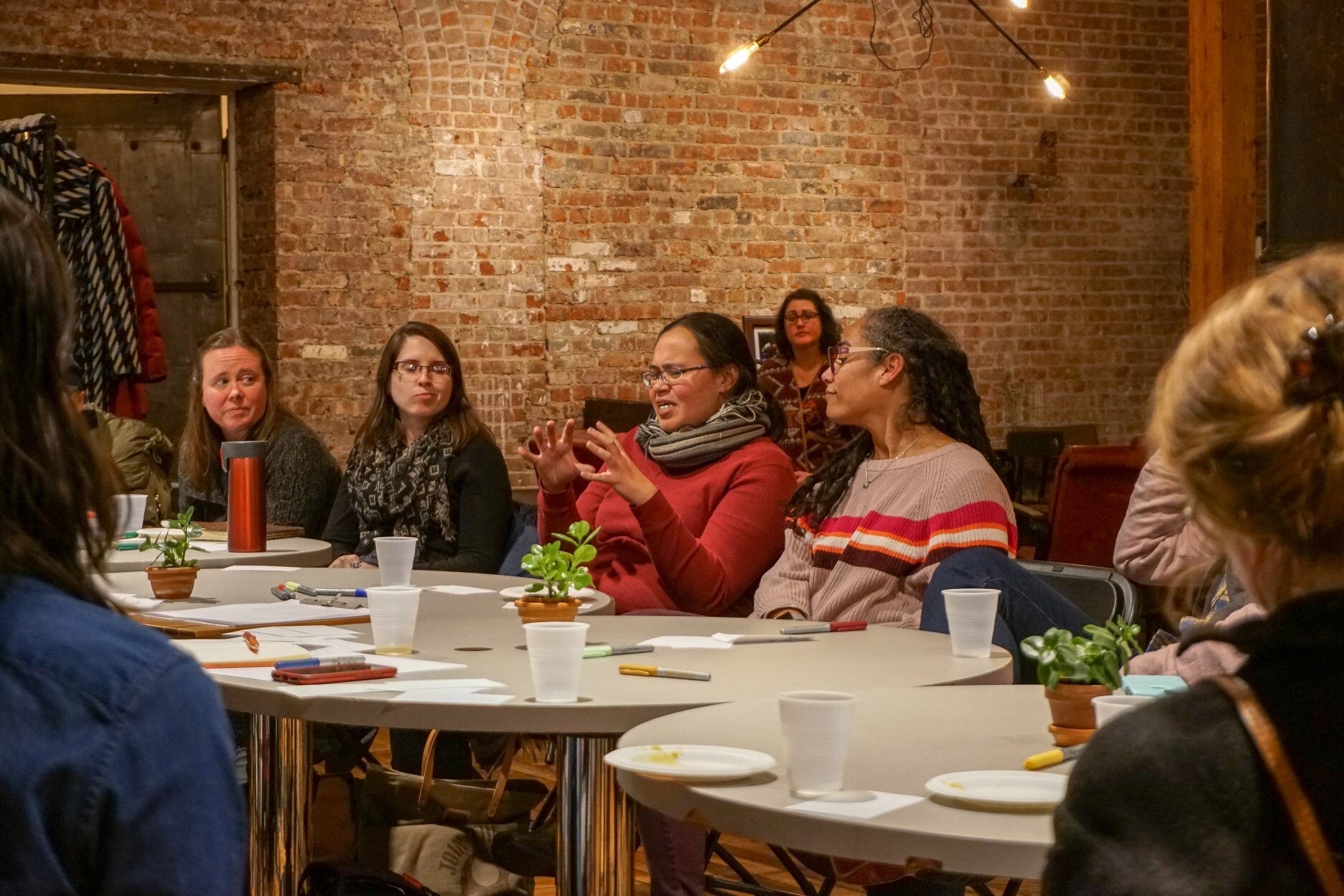
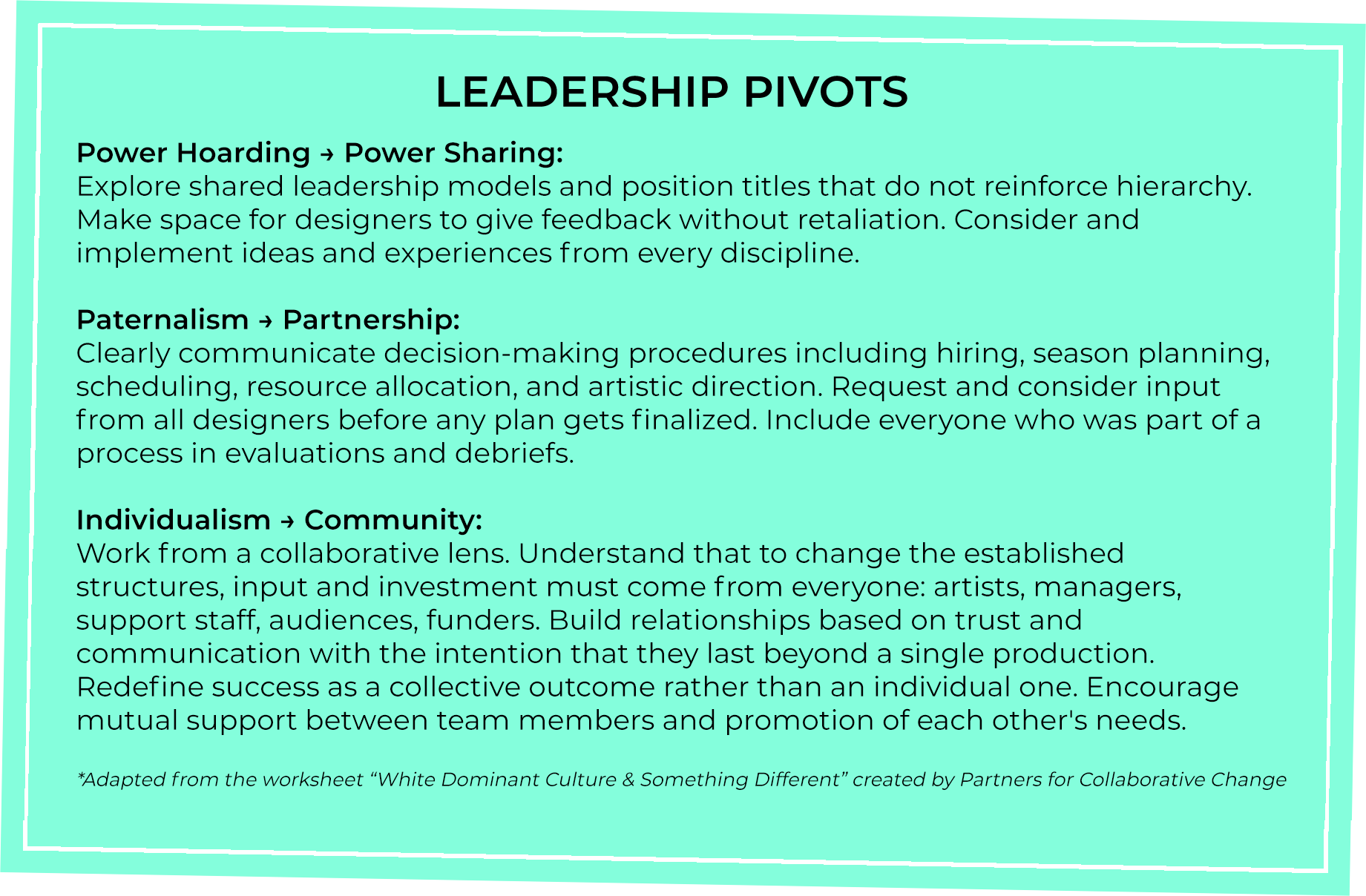

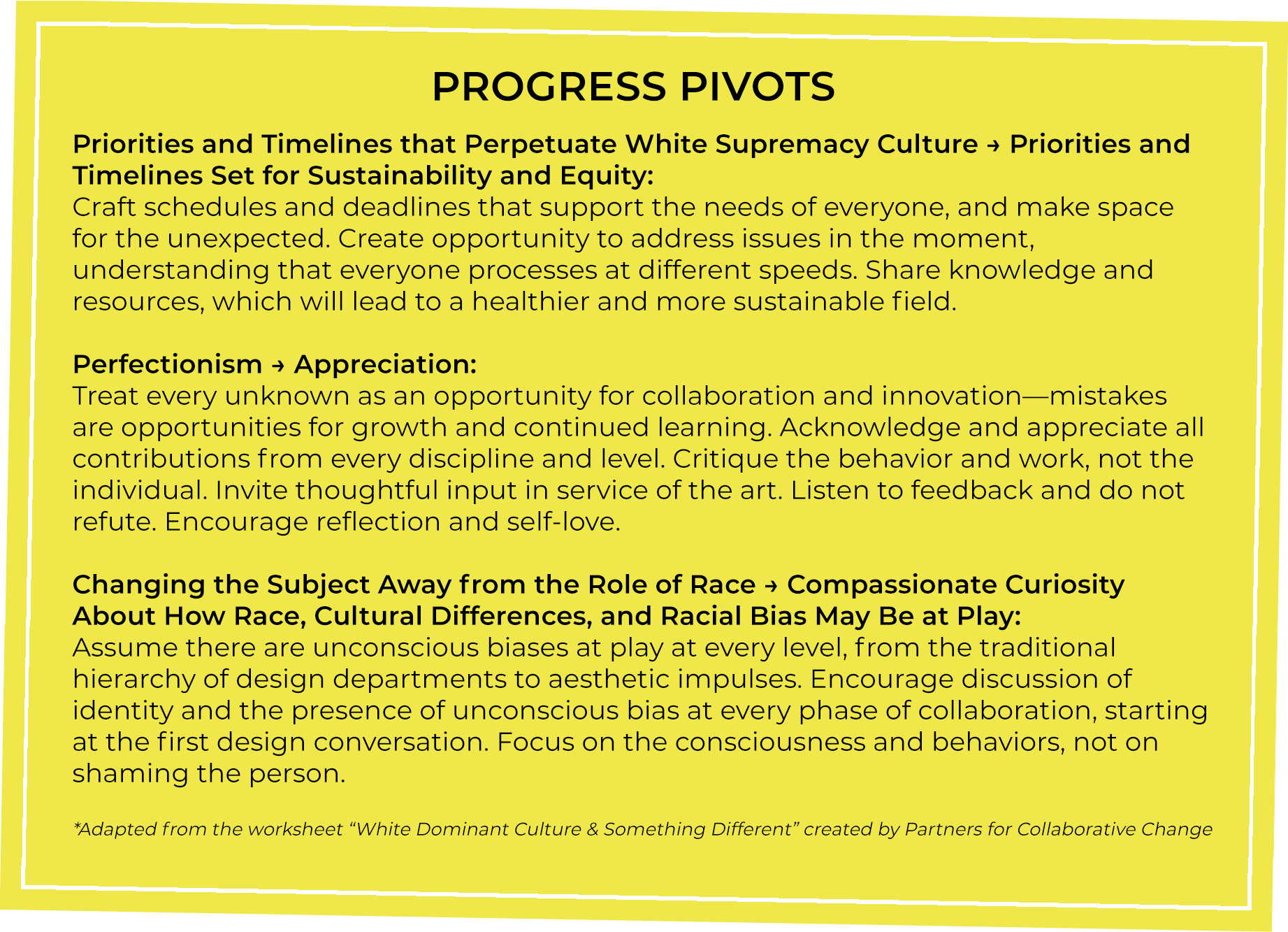
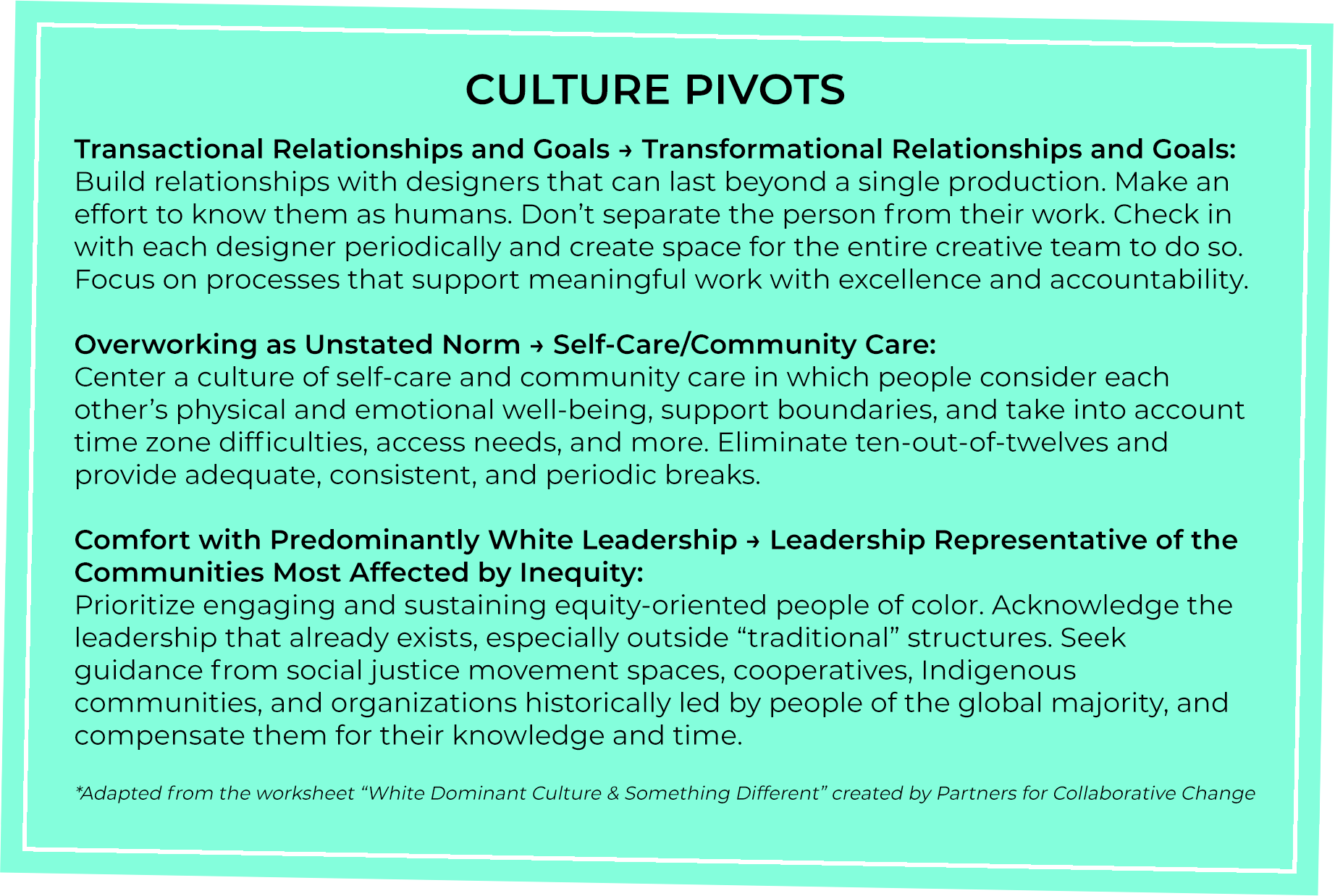
Comments
The article is just the start of the conversation—we want to know what you think about this subject, too! HowlRound is a space for knowledge-sharing, and we welcome spirited, thoughtful, and on-topic dialogue. Find our full comments policy here